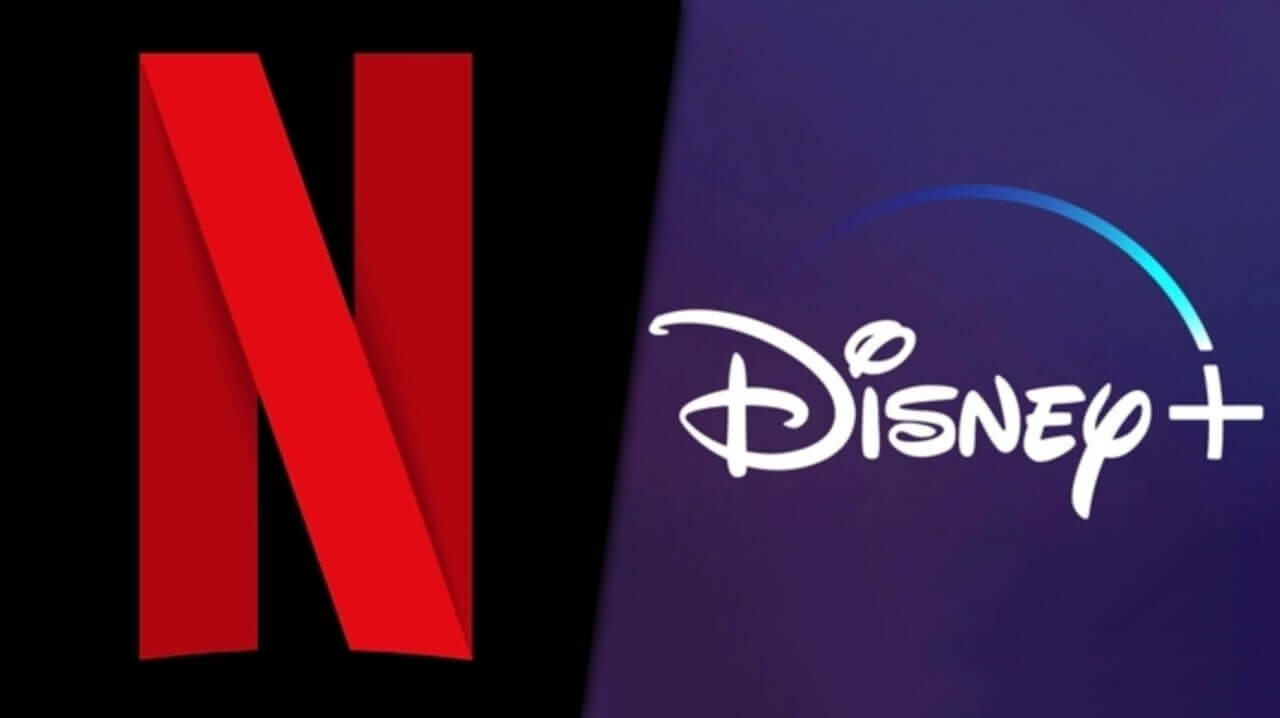In this guest post, Zuora’s subscription strategist in Sydney, Nick Cherrier (pictured below), takes a look at two of the major streaming players – Disney+ And Netflix – and their widely different plans to increase revenue streams….
The so-called ‘streaming wars’, just like any fiercely competitive exercise, is never static. To gain an advantage, to stand out in an ever-thickening crowd, participants need to change tactics, employ different strategies, zig when an opponent zags or come up with something entirely novel. And one of the most recent and interesting major changes has come from one of the game’s biggest players.
In March, Disney+ reported that it would introduce an advertising-supported subscription tier, which won’t be free but will cost less than the single $11.99/month subscription that they offer today. It will come to Australia (and much of the rest of the world) in 2023, but will launch in the United States later this year.
It’s an intriguing move in and of itself, but it’s particularly fascinating when you consider that Disney+’s biggest competitor, Netflix, is adamant that it has no interest in following suit.
What’s the strategy behind the new model? Disney’s CFO Christine McCarthy has been upfront about it: the goal is to tap into advertising demand while supporting consumer demand for high-quality streaming subscriptions under the $10/month mark.
Sounds good, but is there a potential downside? Yes. It’s what we might call cannibalisation – existing customers choosing to switch from the ‘premium’ plan to the ad-supported plan, which obviously leads to a decrease in revenue. But Disney will have accounted for this; they’ll be proceeding on the assumption that the revenue generated by selling ad slots will offset – and indeed surpass – the shortfall created by ‘downselling’.
Will it work? Well, as is so often the case when it comes to subscription businesses, finding the sweet spot will be imperative. In this case, that will be a happy medium between not so inexpensive that the maths doesn’t work and not so expensive that the price differentiation offers prospective customers no reason to choose it.
Avoiding an un-enticing price point will be relatively easy. What will require more prudence and consideration is how to extract maximum value from advertisers. Disney has always had excellent content – and it’s only improved with major acquisitions over the last ten years – so the fact there’s demand from advertisers is unsurprising. How they respond to that demand will be critical, however.
Opening the floodgates would, I think, be a dangerous move. Instead, they should (and I think very likely will) place very few ads throughout their programming. This strategy ensures maximum yield – the advertisers are paying a scarcity premium – but maintains high demand, making the whole change far more sustainable than it might otherwise be.
The other way they can make sustainability more likely is by attracting new customers, in addition to advertisers. And to do that, naturally, the company will need to compete with dozens of others, all of them aiming to attract TV and movie fans who are yet to sign up to their service. And this brings us back to Netflix.
They haven’t equivocated in their response to the Disney+ news:
“We have no plans to introduce ads on Netflix. We believe that our members should control what and how they watch – across devices and with no interruptions for ads,” their PR director for Australia and New Zealand said recently.
This puts the two organisations at philosophical odds on a fundamental component of their streaming offer. Netflix believes those who use their service don’t want their viewing punctuated by ads; Disney+ believes there is a significant proportion of this consumer segment who aren’t really bothered by ads and will gladly tolerate them in exchange for a lower subscription cost.
The stakes are high, though, and so are the risks. As with any significant shift in business model, one wrong move can turn a seemingly sensible shift into what history remembers as a bad miscalculation.
But if Disney proceeds with caution and can minimise cannibilsation, there’s a good chance that both approaches – theirs and Netflix’s – can exist, and even thrive, side-by-side.









